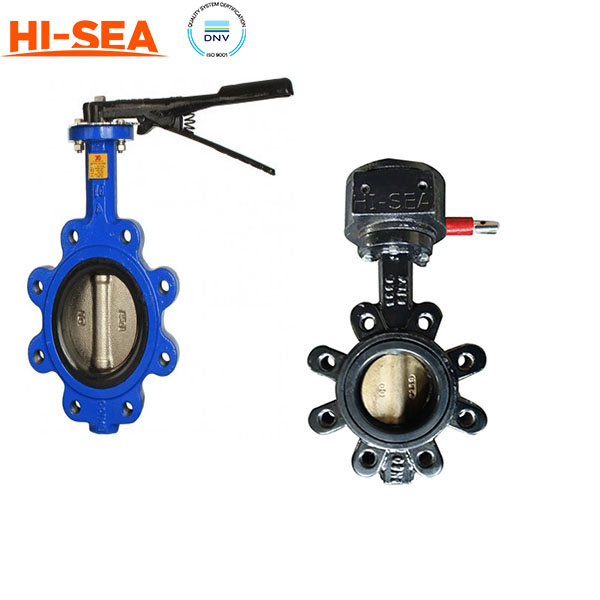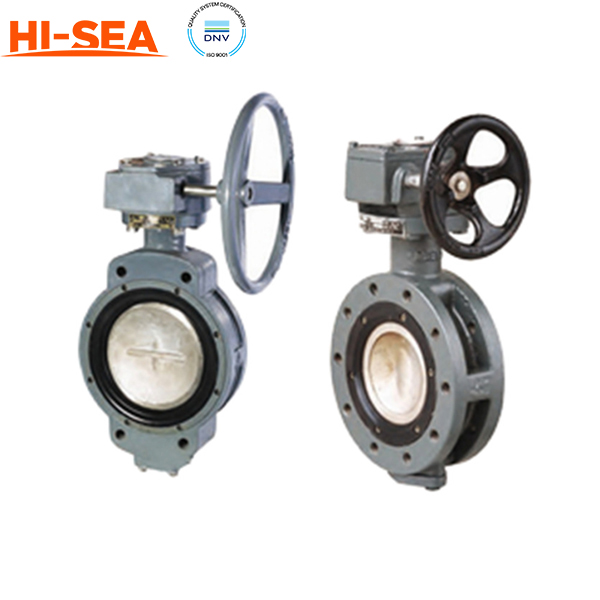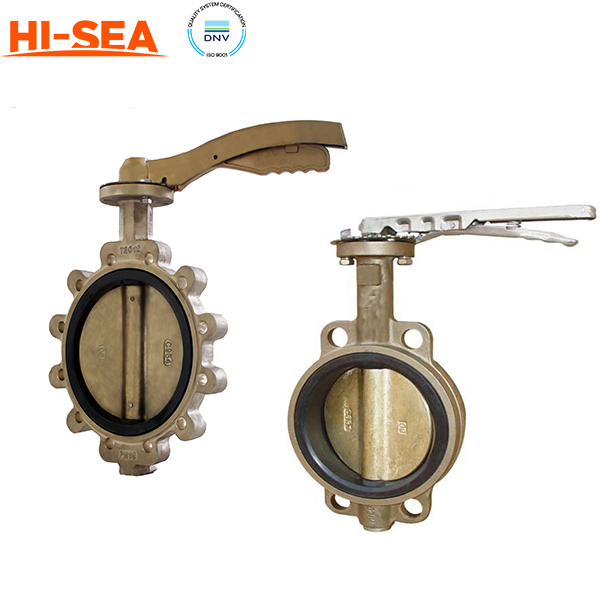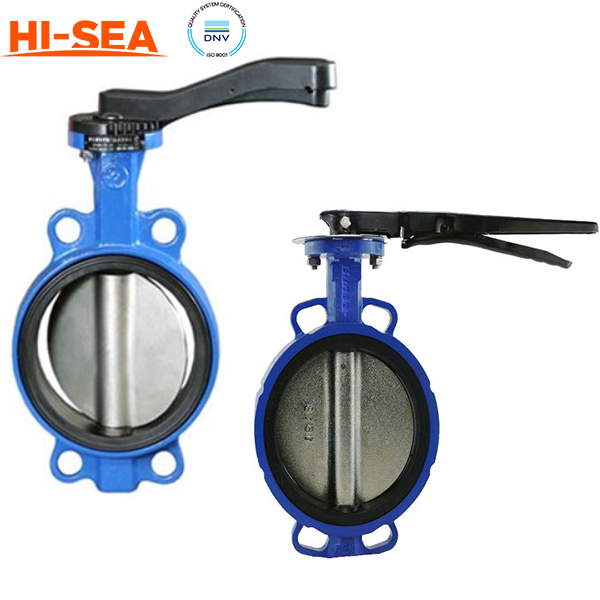MARINE & OFFSHORE EQUIPMENT
- Dredging Equipment
- Marine Deck Machinery
-
Marine Mooring Equipment
-
Marine Anchor
- AC-14 HHP Anchor
- Admiralty Anchor
- Beldt Stockless Anchor
- Bruce Anchor
- Spek Anchor
- Danforth HHP Anchor
- Delta High Holding Power Anchor
- GB11579-89 Light Weight Anchor
- Hall Anchor
- High Holding Power Mastrosov Anchor
- Hot Dip Galvanized Anchor
- Japan Stock Anchor
- JIS Stockless Anchor
- Pool Anchor
- Single Fluke Anchor
- Stainless Steel Anchor
- Stevpris MK5 Anchor
- Stingray Anchor
- US Navy Stockless Anchor
-
Marine Anchor Chain
-
Marine Shackle
- Kenter Shackle
- D Type Joining Shackle
- Pear Shaped Shackle
- Anchor Swivel Shackle Type A
- Anchor Swivel Shackle Type B
- Buoy Shackle Type A
- Buoy Shackle Type B
- C Type Detachable Connecting Link
- D Shackle
- Forelock Shackle
- Anchor Chain Swivel Group
- Straight Shackle
- Anchor Shackle
- Marine Triangle Plate
- Anchor Chain Swivel
- Anchor Chain Joining Shackle
- Anchor Chain End Shackle
- Slim Kenter Shackle
-
Chain Chaser
-
Marine Bollard
-
Marine Chock
-
Marine Fairlead
-
Marine Chain Stopper
-
Marine Mooring Reel
-
Marine Towing Bracket
-
Mooring Rope
-
Marine Towing Hook
-
Marine Shark Jaw
- Marine Fender
-
Marine Buoy
- Marine Floating Pontoon Dock
-
Marine Anchor
- Aquaculture Equipment
- Marine Outfitting Equipment
- Marine Propulsion System
-
Marine Painting
-
Marine Auxiliary Machinery
- Marine Air Compressor
- Marine Air Receiver
- Marine Sewage Treatment Plant
-
Marine Diesel Generator Set
- Marine Oil Water Separator
- Ballast Water Management System
- Marine Hydrophore
- Marine Calorifier
- Seawater Desalination Plant
-
Marine Oil Separator
- Marine Fuel Oil Supply Unit
- Marine Heat Exchanger
-
Marine Hot Well Unit
-
Marine Incinerator
-
Marine Boiler
-
Marine Valve
- JIS Marine Valve
- DIN Marine Valve
- ANSI Marine Valve
- GB Marine Valve
- CB Marine Valve
- CBM Marine Valve
-
Marine Gate Valve
-
Marine Globe Valve
-
Marine Angle Globe Valve
-
Marine SDNR Valve
-
Marine Angle SDNR Valve
-
Marine Check Valve
-
Marine Storm Valve
-
Marine Butterfly Valve
-
Marine Quick Closing Valve
-
Marine Fire Valve
-
Marine Self Closing Valve
- Marine Valve Accessories
-
Marine Pump
- Marine Centrifugal Pump
- Marine Screw Pump
-
Marine Gear Pump
-
Marine Vortex Pump
-
Marine Ejector Pump
-
Marine Diaphragm Pump
-
Marine Piston Pump
-
Marine Fire Pump
-
Marine Emergency Fire Pump
-
Marine External Fire Pump
-
Marine Ballast Water Pump
-
Marine Fuel Pump
-
Marine Lubricating Oil Pump
-
Marine Bilge Pump
-
Marine Sewage Pump
-
Marine Domestic Water Pump
-
Marine General Pump
-
Marine Cargo Oil Pump
-
Marine Hand Pump
- Marine Pump Parts
- Marine Life-saving Equipment
- Fire-fighting Equipment
- Marine Cable
- Marine Electrical Equipment
- Marine HVAC
-
Labour Protection Appliance
- Marine Decorative Material
-
Marine Anode
- Marine Pipe Fitting & Flange
- Marine Instrument
- Ship Building Equipment
INDUSTRY EQUIPMENT
- Hoisting Equipment
- Welding Machine & Material
-
Cutting Machine
- Container Securing Fitting
- Link Chain
- Container & Storage Equipment
-
Diesel Generator Set
- Other Equipment and Tools
- Petrochemical Equipment
- Fiber Reinforced Plastics
- Polymer Materials
- Environmental Protection Series
- Geo-products and Building Materials
- Metal Mesh
- Steel Grating
-
Earthwork Teeth
-
Turnbuckle
STOCK LIST
Contacts
 Tel:+86-23-67956606
Tel:+86-23-67956606
 FAX:+86-23-67956622
FAX:+86-23-67956622
 Email:manager@cqhisea.com
Email:manager@cqhisea.com
Working Time: 9:00--17:00
Working Day: Monday to Friday Website: www.cqhisea.com

Marine Butterfly Valve
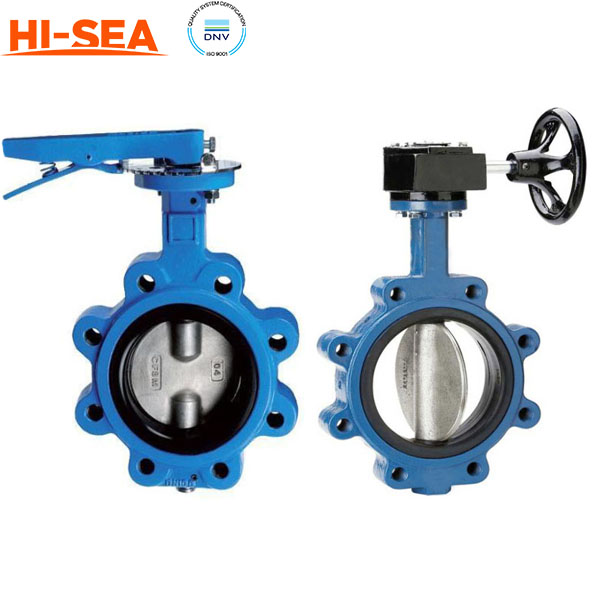
Marine Butterfly Valve
Introduction
A marine butterfly valve is a type of valve commonly used in marine applications to regulate or control the flow of fluids, such as water, oil, or gas. It is named after its shape, which resembles a butterfly, with a circular disc that rotates to allow or restrict the flow of fluid through the valve.
One of the advantages of the marine butterfly valve is its compact size and low weight, which makes it suitable for use in marine applications where space is limited. It also has a lower pressure drop compared to other types of valves, which means that it can handle higher flow rates with less resistance.
Overall, the marine butterfly valve is a commonly used valve in marine applications due to its compact size, low weight, and low pressure drop. However, its use should be carefully considered based on the specific application and operating conditions.
Feature
1. Corrosion-resistant: Marine butterfly valves are made from materials that are resistant to corrosion caused by seawater and other marine elements.
2. High-strength: The valves are designed to withstand high pressures and extreme temperatures, making them ideal for use in harsh marine environments.
3. Low maintenance: Marine butterfly valves require minimal maintenance, thanks to their simple design and high-quality materials.
4. Easy to operate: The valves are designed for easy operation, with a simple lever or gear mechanism that can be easily turned by hand.
5. Wide range of applications: Marine butterfly valves can be used for a variety of applications, including controlling the flow of water, fuel, and other fluids in marine vessels.
6. Durable: These valves are built to last, with rugged construction that can withstand the rigors of marine environments.
7. High flow capacity: The valves are designed for high flow capacity, allowing for the quick and efficient transfer of fluids.
8. Cost-effective: Marine butterfly valves are a cost-effective solution for controlling fluid flow in marine vessels, with a low initial cost and minimal maintenance requirements.

Configuration Options
|
Name of Parts |
Material |
Advantages/Disadvantages |
|
Valve Body |
Grey cast iron |
The most common material in butterfly valves, mainly used in water systems, is easily corroded, has a short service life and is cheap. |
|
Ductile cast iron
|
The performance of the butterfly valve is comparable to that of carbon steel. It is generally used in water system pipes, and it is also a very widely used material in water systems at present. |
|
|
Carbon steel |
It can also be used in water systems, but it is not used much. Carbon steel butterfly valves have high temperature and pressure resistance. Generally, hard-sealed butterfly valves are mostly made of carbon steel. |
|
|
Stainless Steel
|
It has good anti-corrosion and anti-corrosion properties, and is also mostly used in pipelines that need anti-corrosion and anti-rust, and the cost is relatively high. |
|
|
Valve Disc |
Stainless Steel
|
Stainless steel has a strong ability to resist tension, wear and corrosion. Stainless steel is much stronger than copper in material. Stainless steel will not produce corrosion, pitting, rust or wear and high temperature resistance. |
|
Bronze |
Bronze has excellent low temperature resistance, good corrosion resistance, wear resistance, casting and excellent mechanical properties |
|
|
Valve Seat |
EPDM |
Suitable medium -20-120℃ water, steam, etc |
|
NBR
|
Applicable medium 0-80℃ oil class |
|
|
PTFE
|
Applicable to corrosive media below 200℃ |
|
|
Hard alloy |
Suitable for high temperature and high pressure environment |
|
|
Hand Wheel |
Cast Iron |
Cost less than bronze and cast steel |
Specific Differences Between us and Other Suppliers
Comparison
Product Picture of other low quality supplier
Product Picture of our factory
Other low quality supplier
Consequence
Our Factory
Result
In order to reduce costs, omit raw materials and reduce internal quality, resulting in the thin wall of the valve body that occupies the main body of the valve.
Leaving a safety hazard, the thin wall is easy to break or leak the valve at high temperature and high pressure or during operation.
Strictly in accordance with the standard processing, uniform thickness, and material
Use with confidence, meet user needs, and the product has a long service life
Rubber valve seat is made of waste rubber
Not durable and waste of resources, once the valve seat is worn and damaged, the entire valve is considered waste
The rubber valve seat is made of a new type of super wear-resistant rubber, and can be reused
The rubber material is super wear-resistant and can be reused, and the valve can be used for a longer time
The valve seat, valve stem, and valve disc are all fixed configurations, which cannot be disassembled and assembled individually, and cannot be replaced with individual parts.
If a part is damaged, it can only be replaced as a whole, wasting resources and increasing costs
Seat, stem and disc are standard parts
Replacing accessories is simple and easy, saving time and effort. Not only reduce costs, but also save resources for the country
Outline Drawing


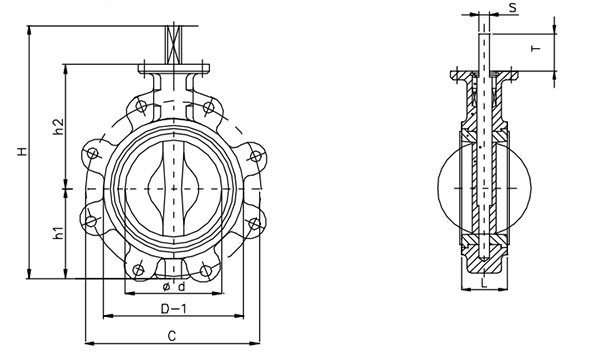
Specifications
6~AX{OS24.png)
IACS Certificate BV, RINA, KR, DNV, CCS, LR, ABS, NK.



